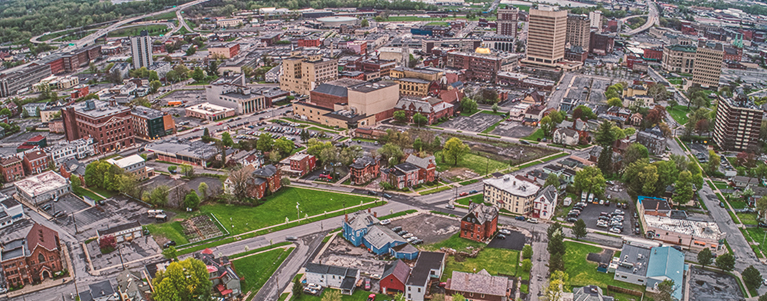April 11, 2025 \ Criminal Defense
What is Considered a Felony? According to New York State courts, a felony is the most serious type of crime. A person found guilty of a felony may be sent to prison for one year or up to a lifetime sentence. Felonies in New York adhere to the state’s penal code to distinguish violent and non-violent […]
Read more...
April 8, 2025 \ Criminal Defense
Being accused of theft can be a life-altering experience, especially for those facing charges for the first time. The stigma, stress, and uncertainty can overwhelm even the most composed individuals. If you or someone you know has been charged with theft as a first-time offender, it’s important to remember that there are legal options and […]
Read more...
April 2, 2025 \ Dog Bites
You must know first that any dog has the potential to bite under the right conditions. Even typically friendly dogs may bite you if they’re threatened, feeling ill, or taking care of their puppies, and you may be strange to them. Fairly recently, specific organizations (including insurance companies) have studied how aggressive certain dog breeds […]
Read more...
March 28, 2025 \ Car Accidents
Car accidents can be stressful, and understanding when and how to report them in New York is crucial. Whether you were in a minor fender bender or a more serious collision, knowing the legal requirements and processes for filing an accident report can help protect your rights and ensure compliance with state laws. How Long […]
Read more...
March 21, 2025 \ Personal Injury
If you’ve been wronged by another person or company, you might be thinking about filing a lawsuit. Whether it’s for a car accident, contract dispute, or personal injury, understanding the steps in a civil lawsuit can help you prepare for what’s ahead. Lawsuits take time, but knowing how the process works can help you feel […]
Read more...
March 14, 2025 \ Personal Injury
An attorney is someone who is licensed to practice law in a particular jurisdiction (such as New York State). A trial attorney is a special type of lawyer with experience representing clients at trial. Although all trial attorneys are attorneys, most attorneys are not trial attorneys. Technically, however, any attorney in good standing can take […]
Read more...
March 14, 2025 \ Car Accidents
Car accident attorneys perform critical tasks, such as negotiation and evidence collection, that very few car accident victims can perform on their own. Your choice of car accident lawyer might be the most important decision you make in your case. In the end, since these attorneys work on a contingency fee basis, they are incentivized […]
Read more...

